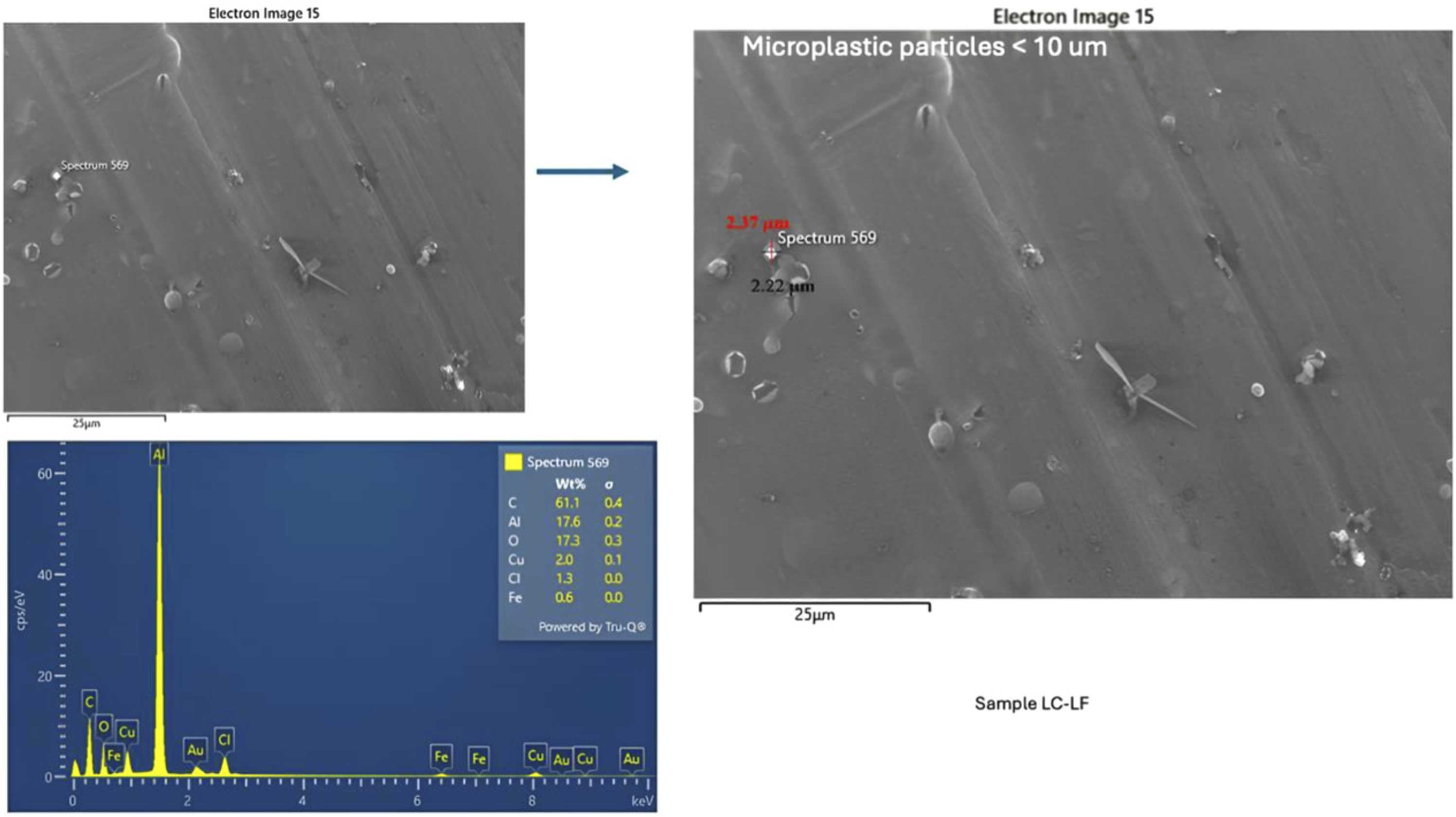Microplastics in Ovaries: A Silent Threat to Fertility
Plastic’s latest invasion? Women’s ovaries. Yes, you read that right. In a study published in Ecotoxicology and Environmental Safety, researchers from Italy’s EcoFoodFertility Project dropped a bombshell: microplastics (MPs) were found in human ovarian follicular fluid for the first time (Montano et al., 2025). Led by Luigi Montano, the team analysed samples from women undergoing fertility treatments, uncovering a troubling link between plastic pollution and reproductive health.
The Study: From IVF Clinics to the Lab
The researchers focused on 18 women undergoing assisted reproductive treatments in Salerno, Italy. During routine egg retrieval for IVF, follicular fluid (the nutrient-rich liquid surrounding developing eggs), was collected. Using scanning electron microscopy (SEM) and energy-dispersive X-ray (EDX) detection, they identified plastic particles smaller than 10 micrometres in 14 out of 18 samples. On average, each millilitre of fluid contained over 2,000 plastic particles, with sizes ranging from 3.18 to 5.54 micrometres. To put that in perspective, these particles are roughly 1/20th the width of a human hair.

Key Findings: Plastic Meets Hormones
The study revealed two critical insights:
- A link to fertility markers: Higher microplastic levels correlated with elevated Follicle-Stimulating Hormone (FSH), a key hormone for egg development. While FSH naturally rises with age or conditions like diminished ovarian reserve, the connection to plastics suggests environmental factors might exacerbate hormonal imbalances.
- No clear ties to pregnancy outcomes: Surprisingly, microplastic levels didn’t directly affect IVF success rates, miscarriages, or live births in this small cohort. But don’t breathe easy yet, the authors caution that larger studies are needed to confirm this.
How Do Microplastics Reach the Ovaries?
The million-dollar question: How do plastic particles end up in follicular fluid? The study speculates MPs hitchhike through the bloodstream, crossing the blood-follicle barrier, a protective layer around developing eggs. Once inside, they could disrupt granulosa cells, which produce hormones critical for egg maturation. Animal studies back this up: in mice, MPs cause oxidative stress, reduce egg quality, and trigger ovarian fibrosis. Humans might not be immune to similar damage.
Routes of exposure are everywhere:
- Ingestion: From bottled water (a major source) to seafood.
- Inhalation: Airborne microplastics from synthetic fabrics or degraded waste.
- Skin contact: Personal care products with microbeads or plastic-based textiles.
The Bigger Picture: A Fertility Crisis in the Plasticene Era
This study adds to growing fears about a global fertility decline. Sperm counts have plummeted by 62% since the 1970s, and 1 in 6 couples now struggle with infertility. While microplastics aren’t the sole culprit, their endocrine-disrupting effects could tip the scales. Plastic particles act as “Trojan horses,” carrying toxic additives like phthalates or bisphenols that interfere with hormone signalling. In rats, MPs reduce estrogen levels and impair embryo development. Humans may face similar risks, particularly with lifelong exposure.
What’s Next? More Questions Than Answers
The study is groundbreaking but limited. With only 18 participants, correlations with BMI, age, or estrogen levels were weak. Larger, diverse cohorts are needed to confirm trends. Future research should explore:
- Long-term effects: Do microplastics accelerate ovarian aging or early menopause?
- Sources: Which plastics (e.g., polystyrene, polyethylene) are most harmful?
- Mitigation: Can lifestyle changes reduce exposure?
Policy action is equally urgent. Italy’s National Plastics Plan aims to phase out single-use plastics, but global measures lag. The authors urge stricter regulations on plastic production and better waste management to curb this “Plasticene” crisis.
Final Thoughts
Finding microplastics in ovarian fluid is a stark reminder: plastic pollution isn’t just choking oceans, it’s invading our bodies at the deepest levels. While this study doesn’t spell doom for IVF patients, it underscores the invisible threats lurking in our environment. As Montano warns, “We’re conducting an uncontrolled experiment on human health.” The solution? Reduce plastic use, advocate for cleaner policies, and support science that unravels these complex risks. After all, our reproductive future might depend on it.
References
- Ecotoxicol. Environ. Saf.First evidence of microplastics in human ovarian follicular fluid: an emerging threat to female fertilityEcotoxicology and Environmental Safety, Apr 2025
Enjoy Reading This Article?
Here are some more articles you might like to read next: